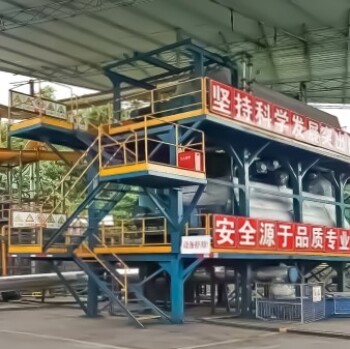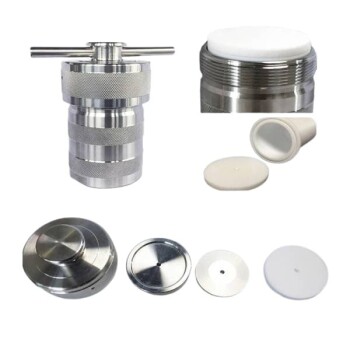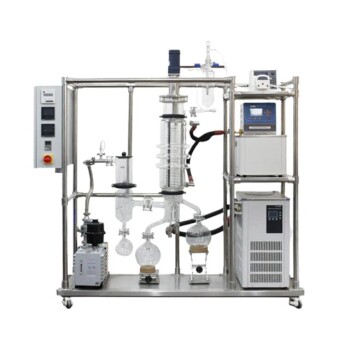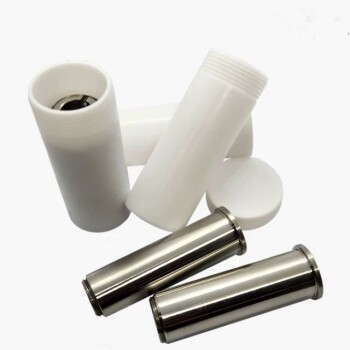Plastic undergoes pyrolysis through a process that converts it into pyrolysis oil, gas, and residue. The yields from this process vary depending on the type and quality of the plastic waste, with typical percentages being 50-80% for pyrolysis oil, 20-35% for pyrolysis gas, and 3-30% for pyrolysis residue. Additionally, wastewater may be generated if the plastic waste contains moisture.
The pyrolysis reaction involves the breakdown of larger plastic molecules into smaller molecules of oil, gas, and carbon using heat. This process is also known as thermal cracking, cracking, thermolysis, depolymerisation, and catalytic pyrolysis when a catalyst is used. The types of plastic waste suitable for pyrolysis include post-consumer plastics, municipal solid waste segregated plastics, reject of mechanical recycling, multi-layer packaging, and mixed PET/PVC contaminated plastics.
The steps involved in plastic pyrolysis are shredding, drying, preprocessing to separate non-plastics, the actual pyrolysis process, distillation and purification of the pyrolysis oil, and finally storage and dispatch of the oil. Pyrolysis of plastic wastes is an endothermic process that requires a supply of heat, which can be provided by conventional heat sources or microwaves. Microwave energy can deliver heat directly to the reacting species, allowing for more volumetric heating and a high heating rate that is significantly greater than with conventional heating.
In summary, plastic in pyrolysis is transformed through a thermal process that breaks down the plastic into smaller molecules, yielding pyrolysis oil, gas, and residue. This process helps minimize the environmental impact of plastic waste and can be optimized through various preprocessing steps and the use of different heat sources, including microwaves.
Discover the transformative power of pyrolysis with KINTEK SOLUTION’s state-of-the-art equipment. Our advanced systems optimize the conversion of plastic waste into valuable pyrolysis oil, gas, and residue, while minimizing environmental impact. Upgrade your plastic recycling process with our cutting-edge technology and take a significant step towards sustainable practices. Explore our range of products and join the forefront of plastic recycling solutions today!











